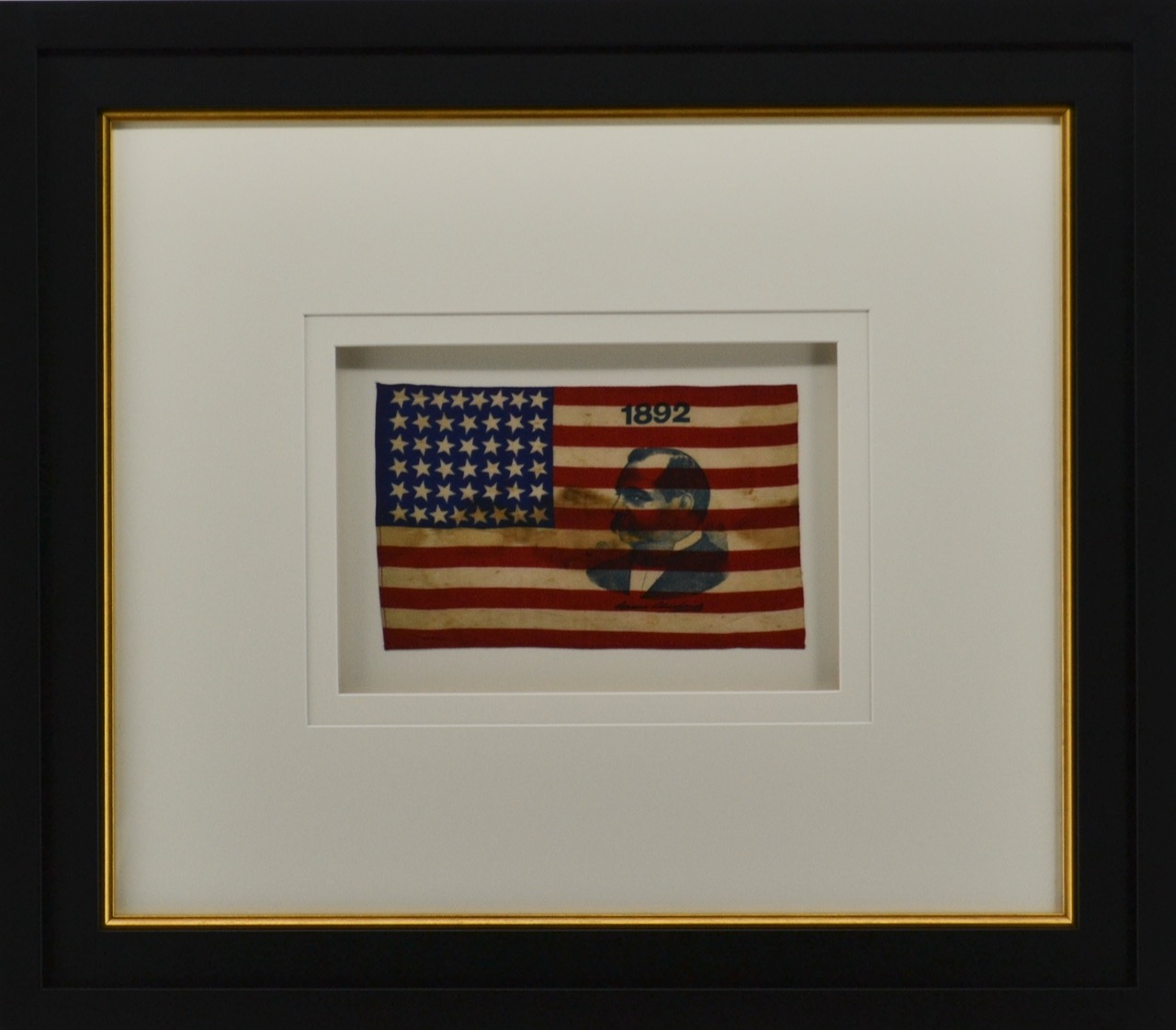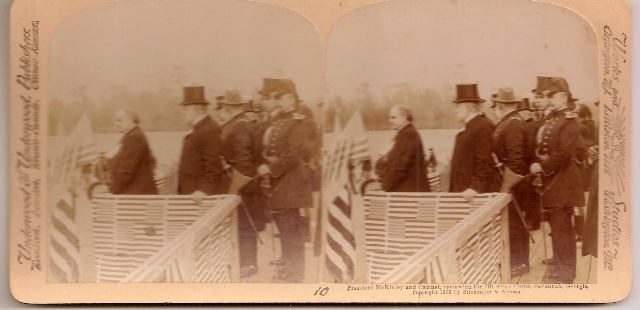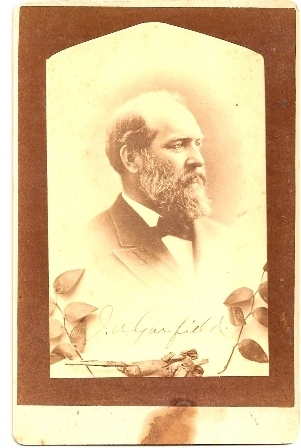Description
37 Star American Flag Presidential Campaign Flag – Benjamin Harrison – 1892 #40103 / SOLD
- To purchase our antique American Flags, go to: AMERICANACLASSICS.COMYou can purchase right from the site.If you have questions, please emailFlaginfo2012@gmail.com
Each flag comes with our Certificate of Authenticity
As we have been selling antique flags since 1990
- Rare antique 37 Star Presidential Campaign flag from 1892 featuring the image of Benjamin Harrison (August 20, 1833 – March 13, 1901) the 23rd President. He was an American politician and lawyer who served as the 23rd president of the United States from 1889 to 1893. He was a grandson of the ninth president, William Henry Harrison, and a great-grandson of Benjamin Harrison V, a founding father who signed the United States Declaration of Independence.
Presidential campaign flags with the image of the president are highly collectable and a great piece of Americana.PRESIDENTIAL CAMPAIGN FLAGSCollecting Political Campaign Flags
Oct 06,2014 | 14:57 EDT By C. Wesley Cowan, President and Principal Auctioneer - Historical Americana has been buying and selling antique American Flags and Americana for over twenty years. I have personally seen and handled and purchased thousands of antique flags over the years.I have consulted with numerous museums across the country including The National Archives, PBS, various film production companies for national TV Shows, major motion pictures, major collectors, and large and small auction houses over the years in selling, loaning, describing, documenting, and identifying various antique flags and antique textiles.I have been interviewed for many national magazines and newspaper articles on antique flags and rare Americana.
Our flags and rare Americana have been featured in numerous antique trade publications, newspapers and major national decorator magazines, national TV shows and major movies.
I have also worked with numerous major retail corporations, major on-line retailers, major on-line catalogs, many prominent national interior designers, and architects.
Historical Americana has been buying and selling rare, unique antique relics and rare American Flags and Americana for over twenty years. I have personally seen and handled and purchased thousands of antiques & antique flags over the years.
We use modern museum framing technology to frame our antique flags.
Please do not be intimated by dealers that have outrageous prices on their flags and say if any flags is sold for less than their (highly inflated prices) it can’t possibly be real. Really?…
- If you want to pay more for the same flag, please doI have more experience on antique flags than most museum curators, auction house appraisers who may see only a few flags each year and most flag dealers sometime make erroneous statements and opinions on flags because of lack of experience.Conservation
Our in-house professional framers use only conservation framing methods used by museums. We only use acid free cotton rag mats and gas free materials along with safe ultra-clear UV acrylic. The UV acrylic is clearer than glass and unlike glass it will not break. Our flags are museum mounted using safe acid free hinges, which does not damage the flag in any way like sewing flags down does. The hinge mounting is completely reversible which is the prime focus to achieve in conservation framing.
Sewing a flag down as some framers and company’s do is very costly to the customer and can damage the flag. Sewing flags down is an out of date, old process that can and usually does damage the flag over time as it hangs in the frame. In some cases, sewing the flag down can cause irreparable damage and ruin your investment in the flag you purchased.
This is what happened to the Old Glory Flag in the Smithsonian. The Smithsonian conservators spent millions of dollars to repair and reverse the damage to the flag caused by sewing the historical flag down. Framers have used the sewing method in the past and some do now because they do not know any better and are stuck with a failed technology and the main reason is they make much more money from the customer by charging huge fees to sew a flag down. Time has proved sewing a flag down is damaging to the flag and very costly to the customer. Our mounting process is safe, cost effective and preserves the antique flag for generations to come.
We do all this and sell our flags at very reasonable prices unlike many dealers…
Selling only Genuine Authentic antiques & rare American Flags
- Another important election season is upon us. Political campaign literature and television commercials are already besieging us. Hundreds of millions of dollars will be spent on these campaigns nationwide, with each ad vying for our attention – and our vote. In this electronic age, few of us realize just how much electioneering has changed over the history of the republic. Imagine flying a flag with a portrait of your favorite presidential candidate; my how things have changed!In the early years of our country, there was precious little of the sorts of activity that we associate with the heated political campaigns of today. A scattered population with no real means of mass communication meant that office seekers had little way to communicate to the general voter. This was particularly difficult in areas west of the Allegheny and Appalachian Mountains. After the Revolutionary War and War of 1812, as settlers streamed into this vast area, the situation changed.
Tippecanoe and Tyler Too
The presidential election of 1840 is generally viewed as the turning point in political campaigning and marks the emergence of real electioneering. The Whig Party trotted out the old war horse William Henry Harrison as their candidate, running against New Yorker Martin Van Buren. Harrison’s supporters played upon his role as the hero of the Battle of Tippecanoe. They touted him as “Old Tip” and coined the phrase “Tippecanoe and Tyler Too,” with a nod towards his vice-presidential running mate, John Tyler. Harrison clubs sprouted up all over the country, producing a myriad of campaign ephemera, and numerous printed textiles. Today, the early flags and banners are recognized as important, and valuable, collectibles, with many fetching up to five figures.From Lincoln to McKinley
Collectors pay premium prices for so-called “jugate” examples. These are textiles that have portraits of both the Presidential and Vice-Presidential candidates on the flag, along with a campaign slogan. Naturally, the most desirable textiles are those produced for the candidates who actually won or went on to have distinguished careers in office. Flags and textiles associated with the 1860 and 1864 election of Abraham Lincoln, for example, are some of the most desirable. A large flag with Lincoln’s portrait from the 1864 campaign sells readily in the mid-five-figure range.
Not all flags popular with collectors came from great presidents, however. Flags from the disputed election of 1876, when Rutherford B. Hayes and William Wheeler were pitted against Samuel Tilden and Thomas Hendricks with the final outcome decided by the House of Representatives, generate considerable excitement among collectors whenever they appear on the market.
While campaign flags were used well into the 20th century, their greatest period of popularity was from 1840 up until the campaign of William McKinley in 1896. Afterwards, inexpensive celluloid, lapel buttons became wildly popular, and people began sporting a portrait of their favorite candidate along with a slogan. Flags ultimately were doomed, but they live on with collectors and political history buffs. -





